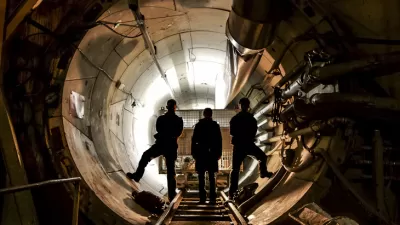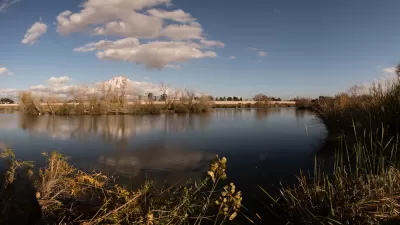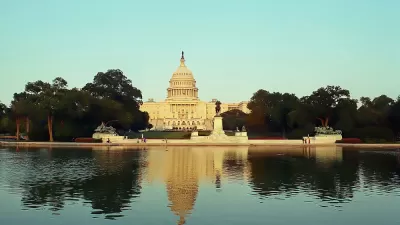The New York Times created a "Room for Debate" feature offering four points of view on the subject of infrastructure repair.

The premise for the "Room for Debate" feature: the systems for infrastructure as varied as electricity, running water, high-speed Internet service, roads, and bridges are overburdened. The questions posed to each of the participants: "Which requires most urgent care: roads, bridges, power grids or something else altogether? And what’s the best way to finance it?"
Included in the debate are these familiar voices:
- Henry Petroski, author of The Road Taken
- Robert Puentes, The Brookings Institution
- Don Fullerton, University of Illinois
- Nicol Turner-Lee, Multicultural Media, Telecom and Internet Council
- Richard Lordan, Electric Power Research Institute
As should be apparent from the list, some of the participants argue from specific industry perspectives, while some of the participants chose a specific infrastructure need to focus on as the most pressing while suggesting policy measures to address the challenge.
Robert Puentes, for instance, identifies the country's water infrastructure, which is threatened by drought and flooding risks in different parts of the country, as well as ongoing need to separate wastewater and stormwater systems. Henry Petroski, as another example, suggests that financing responsibilities for roads and bridges should be shifted to the state level.
FULL STORY: Bridges, Broadband, Water Mains — What to Fix First?

Montreal Mall to Become 6,000 Housing Units
Place Versailles will be transformed into a mixed-use complex over the next 25 years.

Planetizen Federal Action Tracker
A weekly monitor of how Trump’s orders and actions are impacting planners and planning in America.

DARTSpace Platform Streamlines Dallas TOD Application Process
The Dallas transit agency hopes a shorter permitting timeline will boost transit-oriented development around rail stations.

Chicago Judge Orders Thousands of Accessible Ped Signals
Only 3% of the city's crossing signals are currently accessible to blind pedestrians.

Philadelphia Swaps Car Lanes for Bikeways in Unanimous Vote
The project will transform one of the handful of streets responsible for 80% of the city’s major crashes.

Interactive Map Reveals America's “Shade Deserts”
Launched by UCLA and American Forests to combat heat-related deaths, the tool maps the shade infrastructure for over 360 U.S. cities.
Urban Design for Planners 1: Software Tools
This six-course series explores essential urban design concepts using open source software and equips planners with the tools they need to participate fully in the urban design process.
Planning for Universal Design
Learn the tools for implementing Universal Design in planning regulations.
City of Mt Shasta
City of Camden Redevelopment Agency
City of Astoria
Transportation Research & Education Center (TREC) at Portland State University
US High Speed Rail Association
City of Camden Redevelopment Agency
Municipality of Princeton (NJ)





























